LAMs (Libraries, Archives, and Museums)
MLIS (Master’s of Library and Information Science)
Week Two
Day Twelve: National Maritime Museum Caird Library & Archive
Tow the Line? Toe the Line?
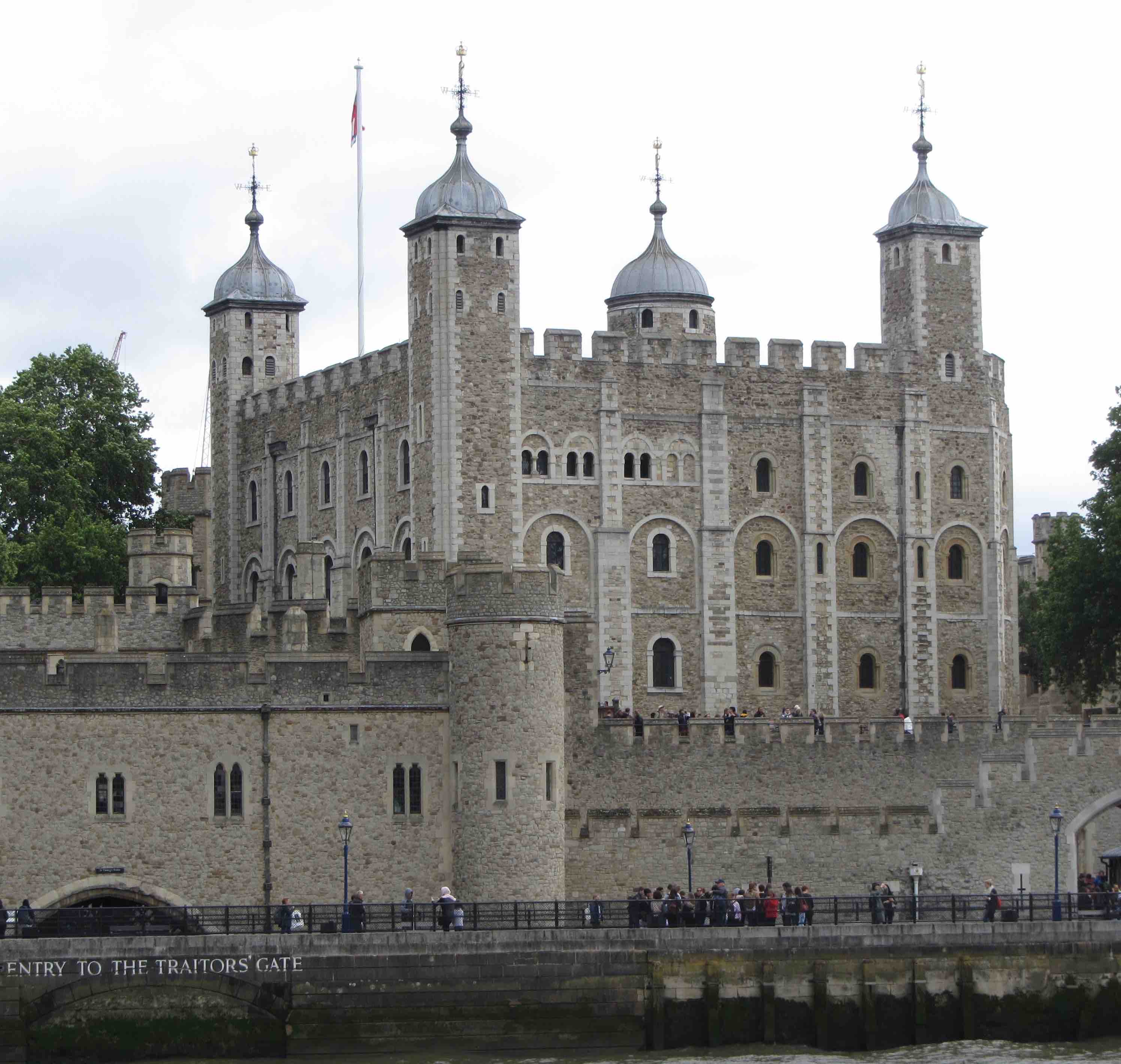
Drat! A boat cruise down the River Thames. Guess we’ll just have to learn to cope with all these variant transportation options in London.
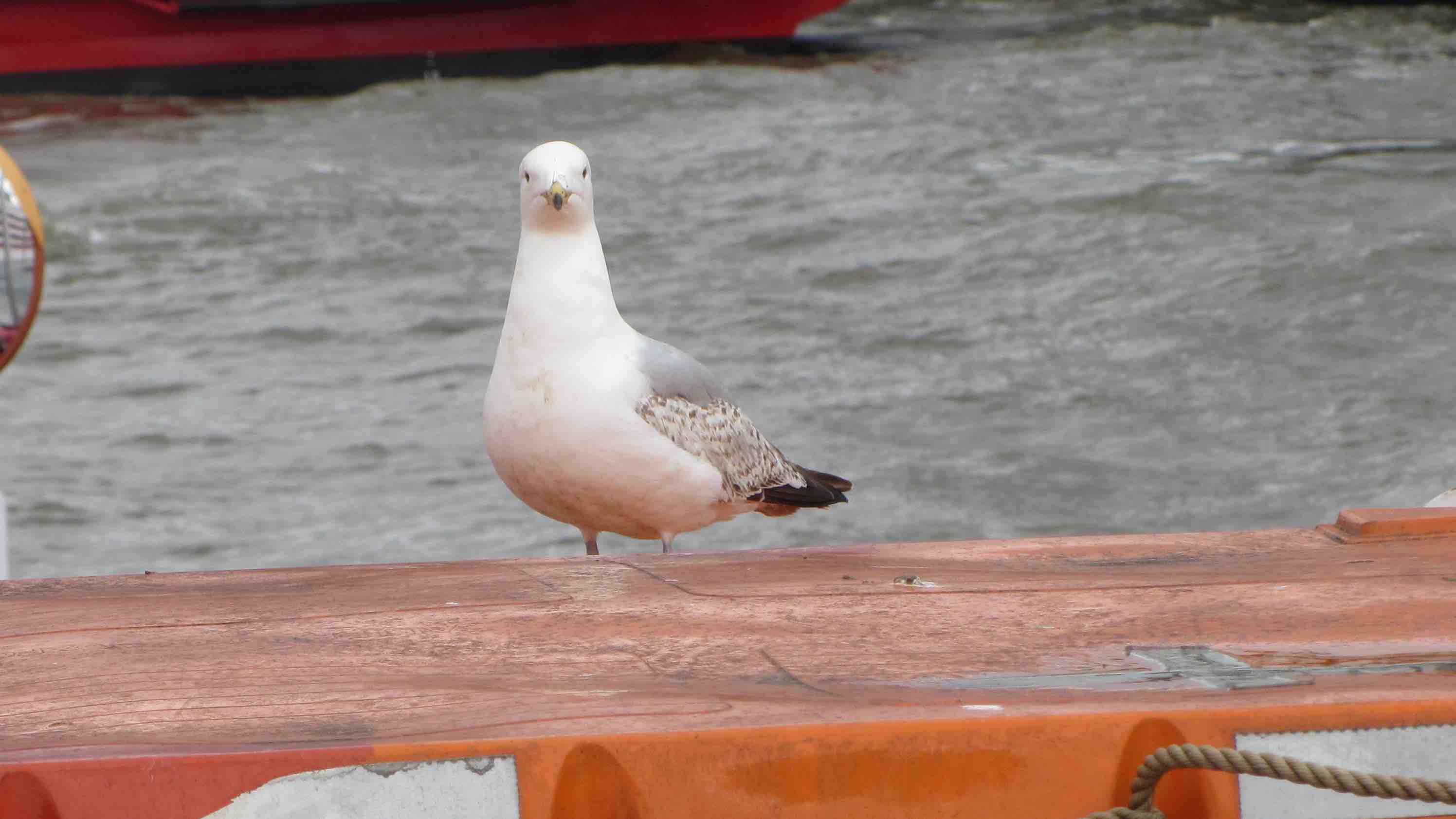
I also think he knows I’ve been skimping on my Pilates
Arriving at the National Maritime Museum after stopping at Sir Christopher Wren’s Old Royal Naval College, Greenwich for a photo opportunity with the Business School class offered great views of the Thames for a few moments before we went our separate ways for the day. Walking up to the National Maritime Museum was again another striking facade of a building.
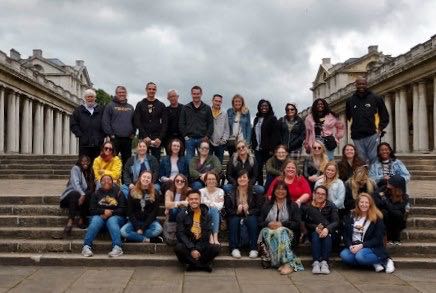

The Caird Library and Archive is primarily library and archive for those interested in maritime history and exploration, including the World Wars, British Merchant and Royal Navies, as well as astronomy and timekeeping, and genealogies.
The library and archive hold primarily four types of objects: 1) manuscripts and original documents, 2) printed materials, 3) atlases, maps & charts, and 4) electronic resources. These include items concerning the Lost Franklin Expedition to the Arctic. Queries Gentles has fielded have included, “Who are the decedents of the East India Company, and can I speak with them?”
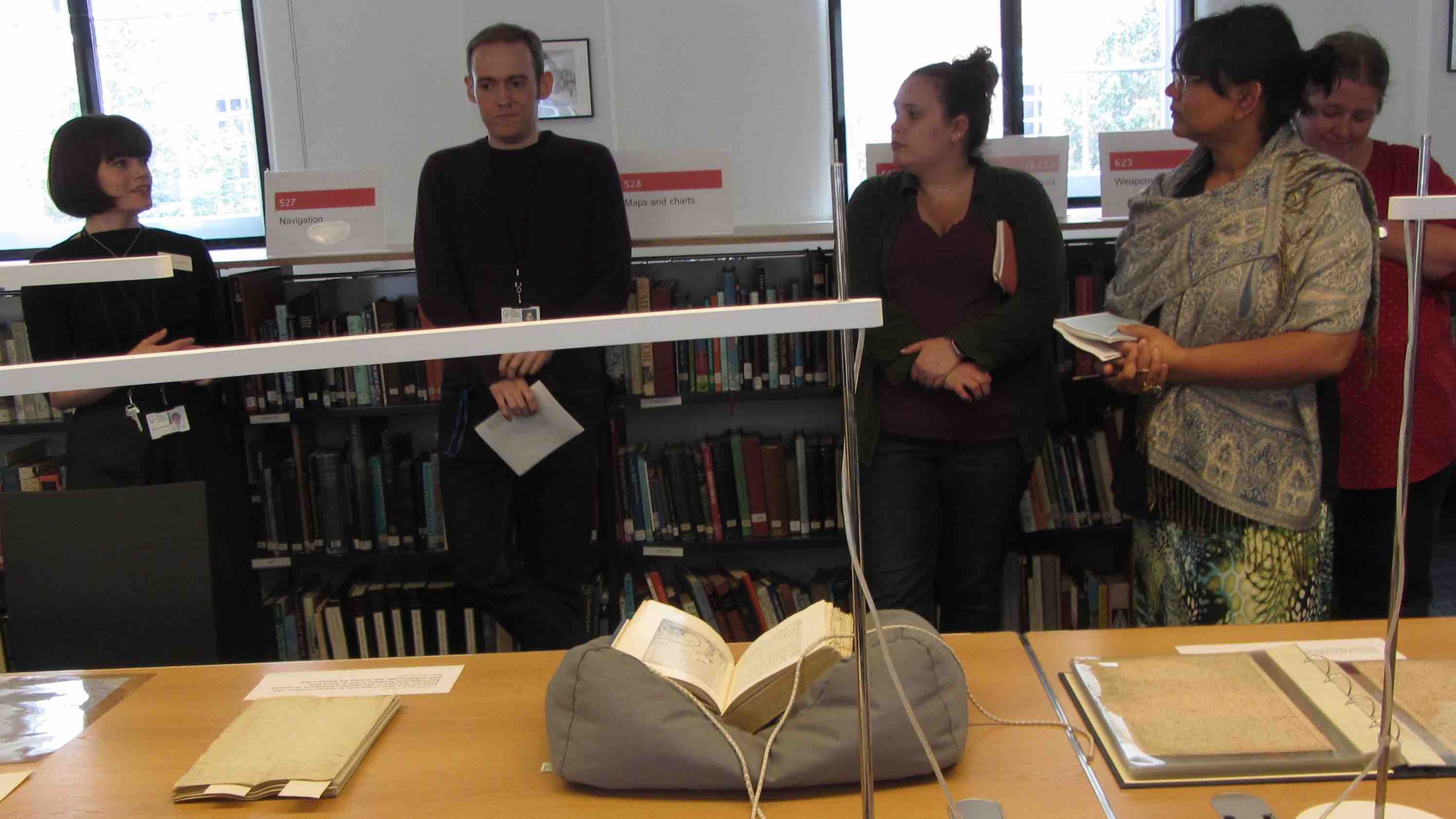
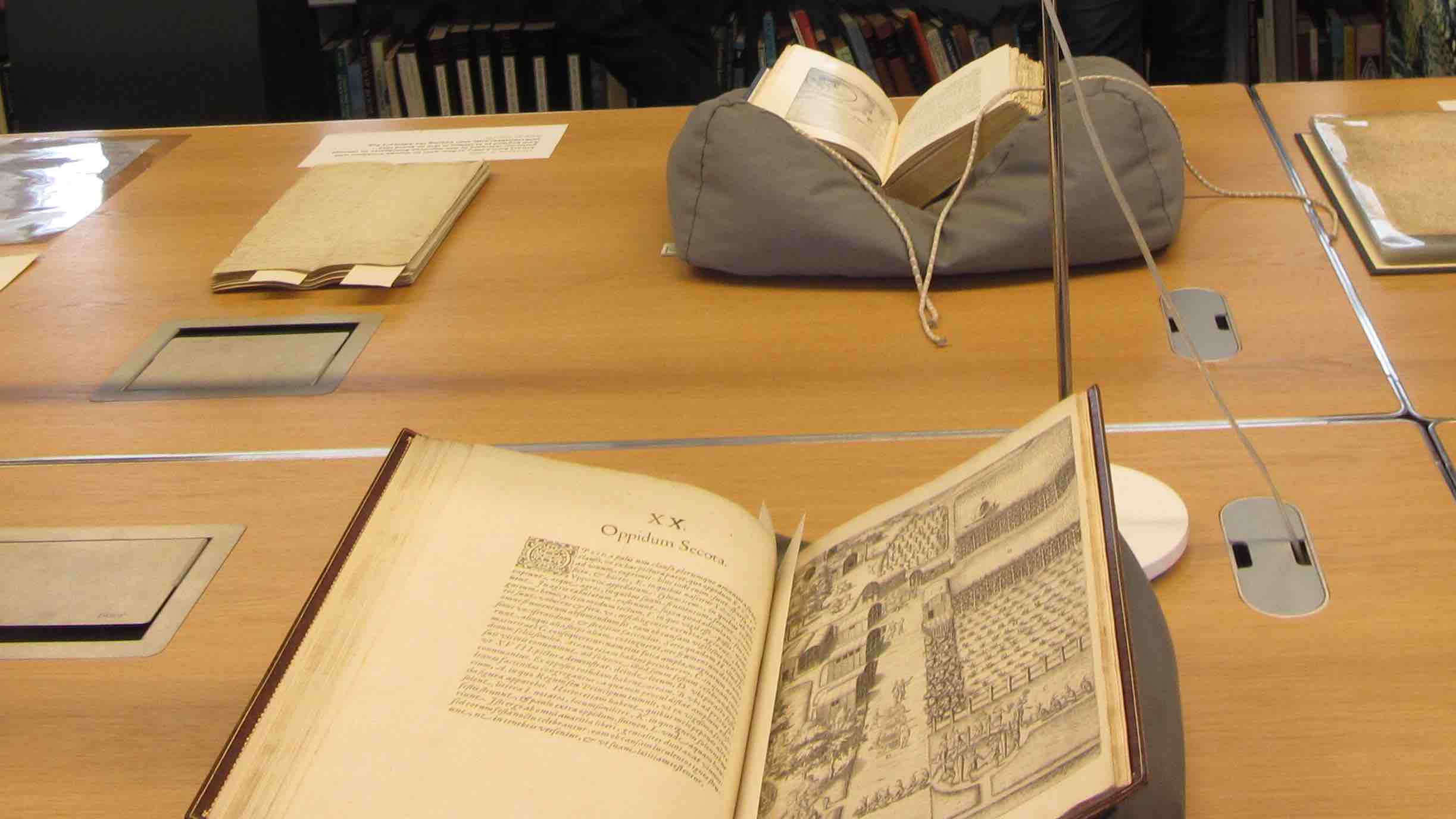
According to Archivist Susan Gentles, of the 5,000 visitors the Library and Archives enjoys annually, 50% are academic in nature, with the remainder looking for information on family history, or “general interest”.
The objects shared with our class included a beautifully illustrated 1492 Cosmographia by Claudius Ptolemy, the “heavily conserved” Journal of Edward Barlow covering his life at sea from the late seventeenth into the early eighteenth centuries, and Captain of the Titanic, Edward John Smith’s, Master’s Certificate. By “heavily conserved”, this means it had been taken apart and many attempts had been done to rescue it, oftentimes from previous preservation attempts, that they had decided to put the individual pages into inert poly sleeves and “leave it be”.
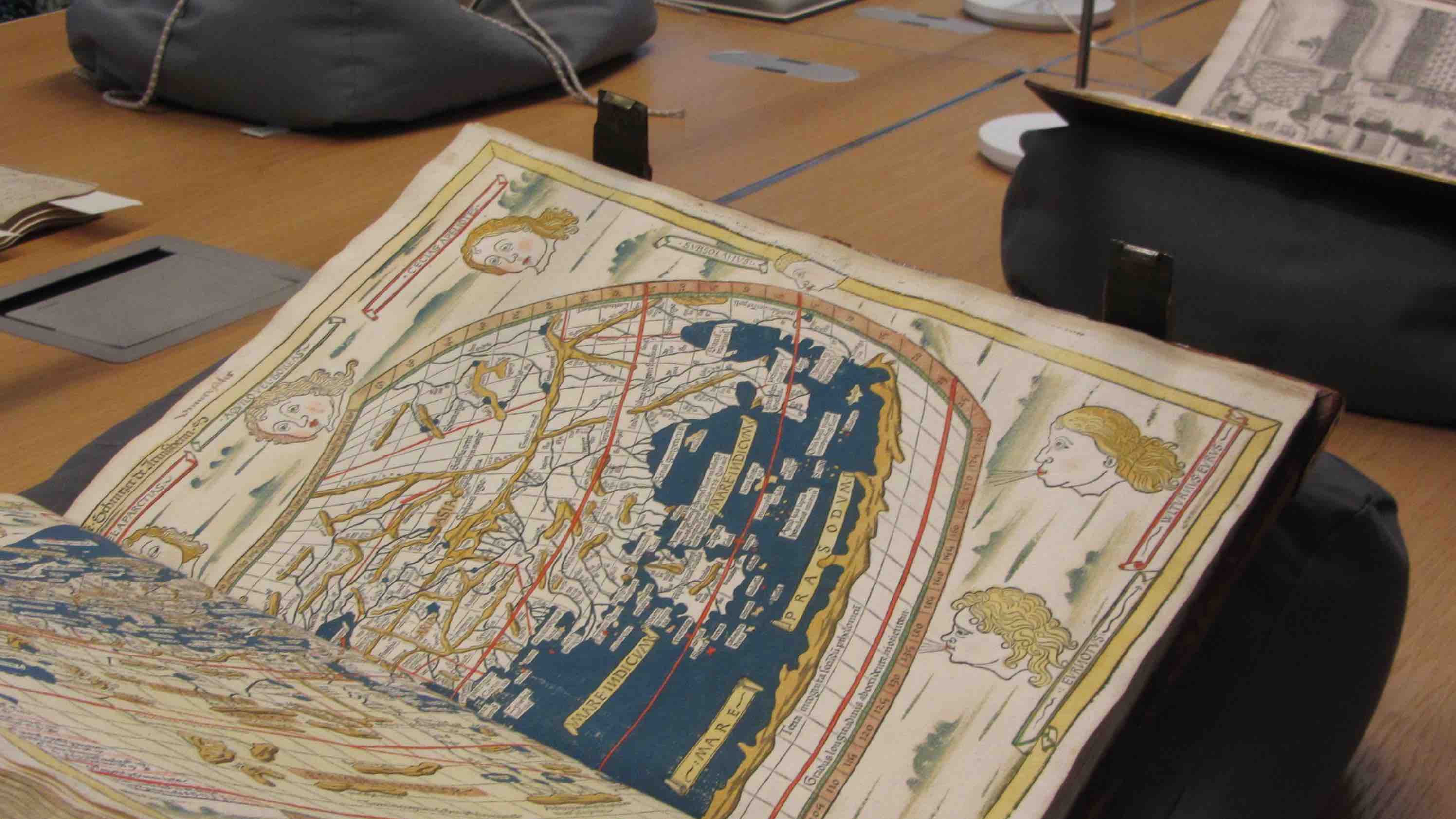

due to copyright concerns, so here’s a descriptive label, instead.
LuLu, Eunice and I followed up our class with a trek up the hill to the Royal Observatory Greenwich. While I’ve been to the southern most point in the both the continental (Key West, Florida) and the 50 (Ka Lae, Hawaii) States, crossed the Continental Divide numerous times in several US states and Canadian provinces, traversed the Tropic of Cancer three times, and have been to the observatories at the summit of Mauna Kea, this was my first time simultaneously standing in two hemispheres! (for more fun, see Wikipedia’s List of extreme points in the United States. Apologies for the gratuitous use of Wikipedia here. Since this was an “aside”, I figured this is where Wikipedia is considered “useful”.)
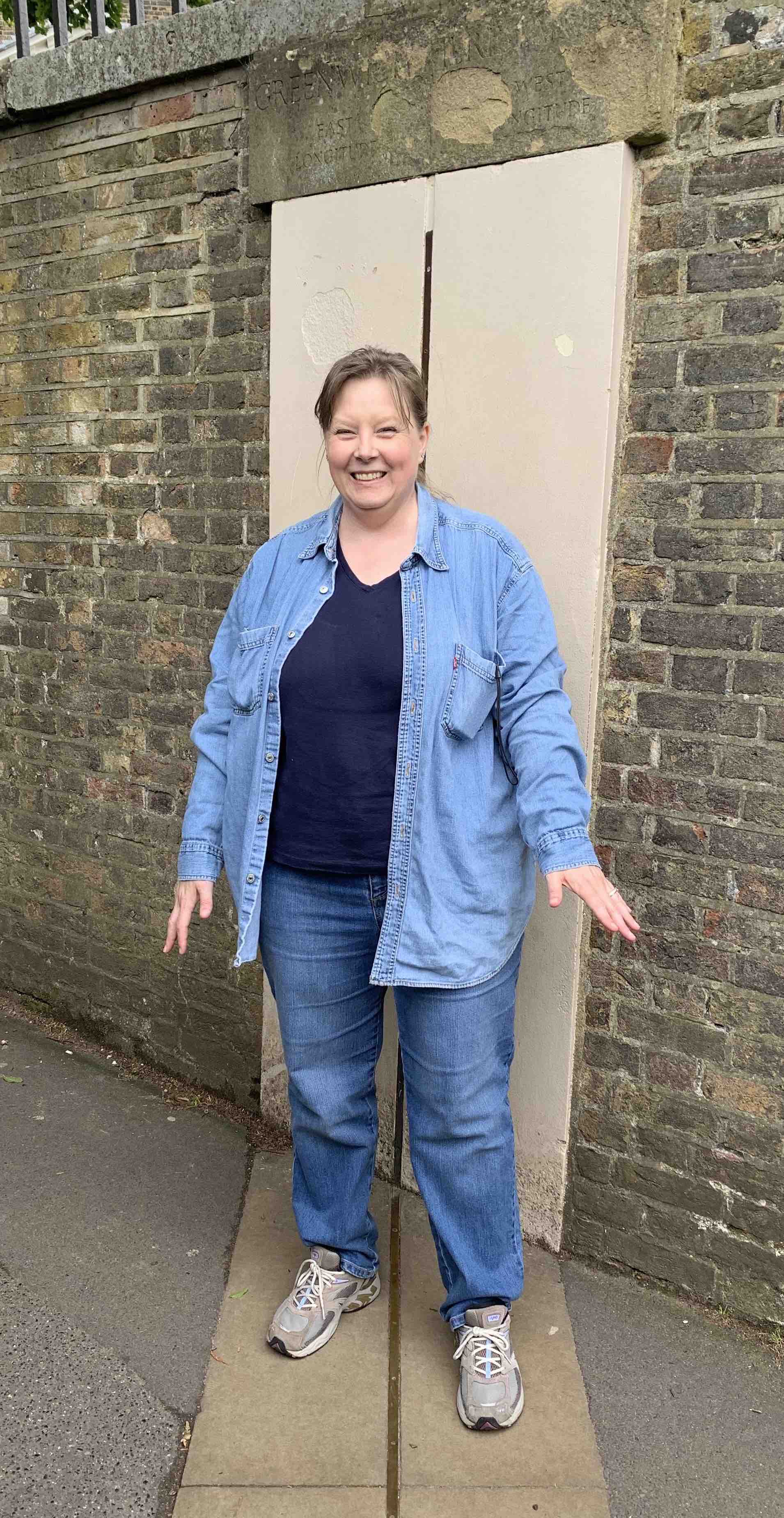
4.7 miles/12,500 steps/4 flights climbed